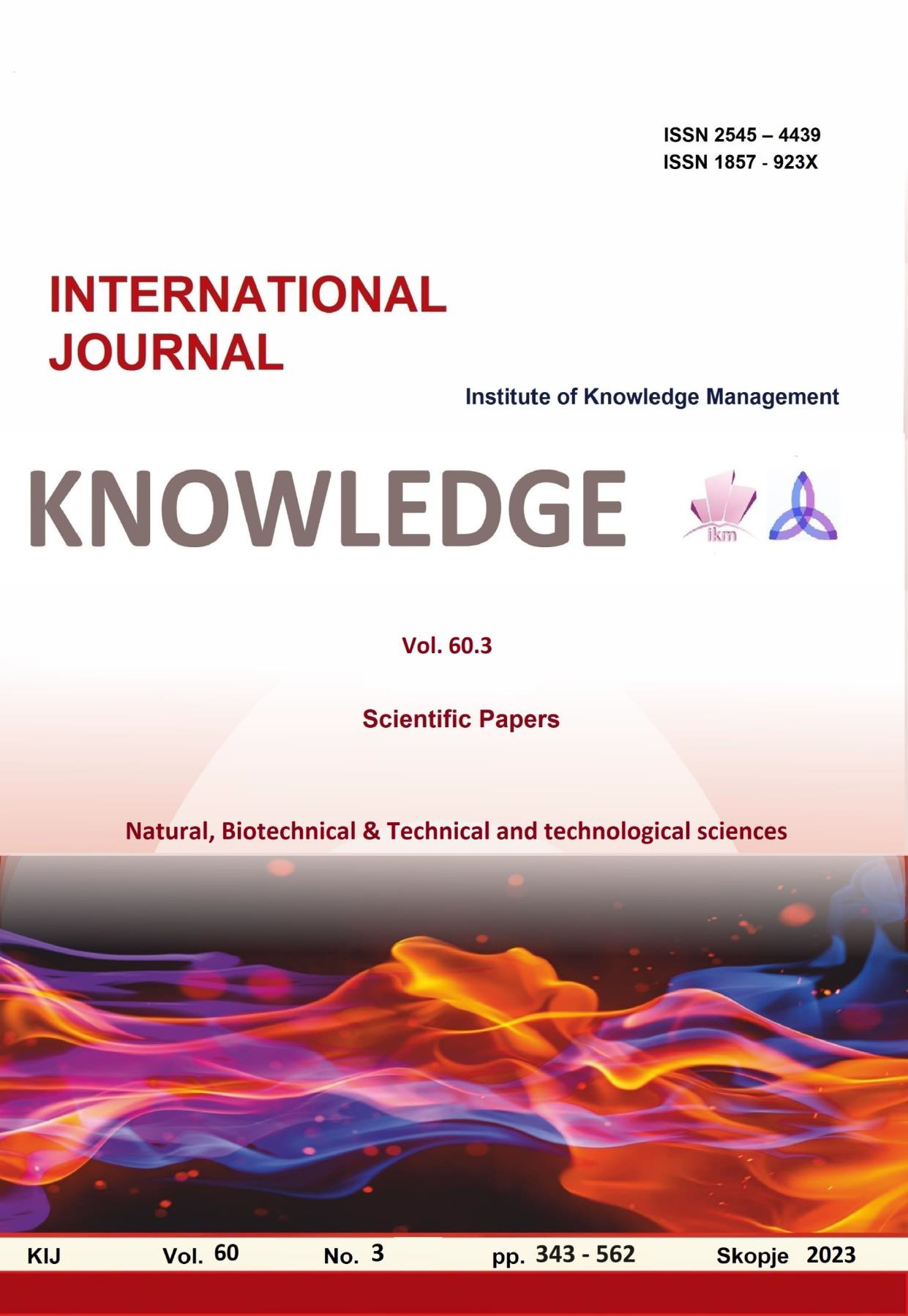БИОХЕМИСКИ ПРОМЕНИ КАЈ КУЛЕН ВО ПЕРИОД НА ЧУВАЊЕ
BIOCHEMICAL CHANGES IN KULEN DURING STORAGE PERIOD
Author(s): Nevena GruevskaSubject(s): Social Sciences
Published by: Scientific Institute of Management and Knowledge
Keywords: meat;dry fermented sausages;fermentation;packaging;storage
Summary/Abstract: In the daily human diet, meat, as a food product, is mostly used in its raw state, which is further processed in a culinary way, but various delicacy meat products are also used more and more. Dry, fermented sausages are one of the most sought-after meat products that, depending on the food culture, are consumed at any time, by everyone, prepared in different ways. One of the most frequently used fermented sausages is kulen, which is the most common in the diet of people from the countries located in the Balkans, and the country of origin is the Republic of Croatia. Kulen is a meat product produced from minced meat of the first and possibly second quality category as well as hard fatty tissue (bacon), to which spices have been added and it is packed in natural or artificial collagen tubes with a diameter of 50 mm. In the production of dry fermented sausages, starter cultures are also used, namely nitro-reductive and lactic acid bacteria, as well as cultivated molds. In order to obtain a final product, the ripening of the kulen is necessary, which takes place over a period of two to six or eight months. During the ripening and storage period of the kulen, certain biochemical changes occur in the structure of the product, which give the final taste and quality of the kulen as a fermented meat product. Changes in the kulen occur under the action of enzymes from lactic acid bacteria and enzymes from muscle cells, as well as the reaction of proteins from the meat with the nitrates-nitrites from the brine. Kulen, as a final product in retail, usually comes packed in a vacuum film, in order to prevent hardening, to keep the freshness and softer consistency, and thus to keep the cost price of the product. Less commonly, retail kulen can also be delivered in bulk. In order to determine the qualitative-quantitative representation of nutrients during our investigation, reference methods were used for each parameter separately, namely: Soxlet method for fat, Kjeldahl method for determining total nitrogen substances, Mohr's method for determining the amount of salt and the method of combustion for the representation of mineral substances. During the production process as well as during storage, biochemical changes occur as a result of a decrease in the content of water, carbohydrates and nitrites, at the expense of which fats, proteins and total mineral substances increase. In the bulk kulen, the loss of mas on the 40th day is 7.4626%, on the 15th day is 2.985% and on the 8th is 1.51% . While pH -4.95-5.00. In vacuum packed kulen the loss of mas on the 8th day is 0.5479% while on the 15th day there is no appearance of loss of mas and no change in pH. On the 40th day the loss of mas is 1.37% and the pH is 5.00.
Journal: Knowledge - International Journal
- Issue Year: 60/2023
- Issue No: 3
- Page Range: 421-425
- Page Count: 5
- Language: Macedonian

